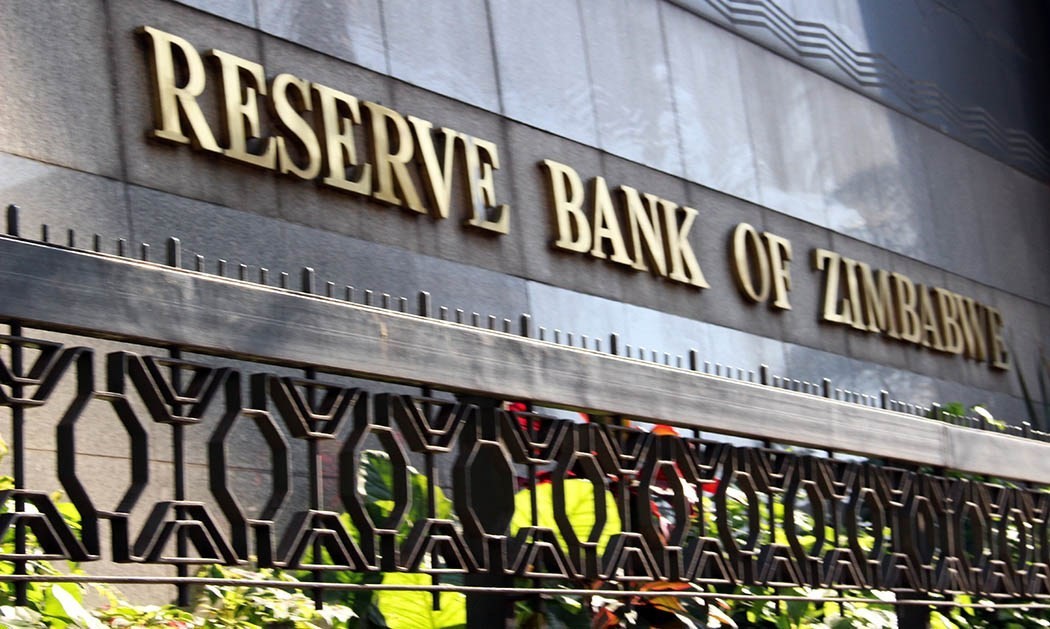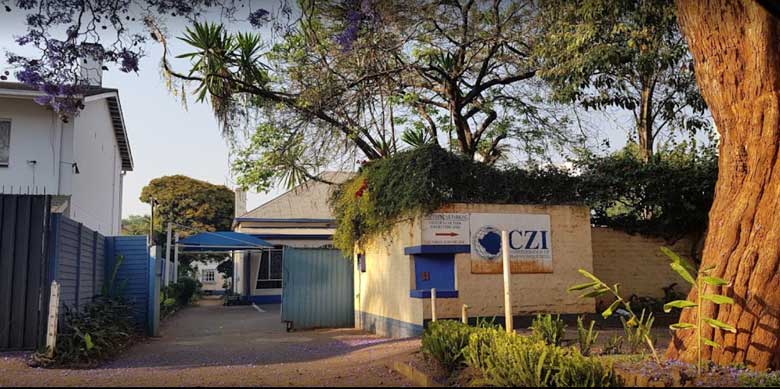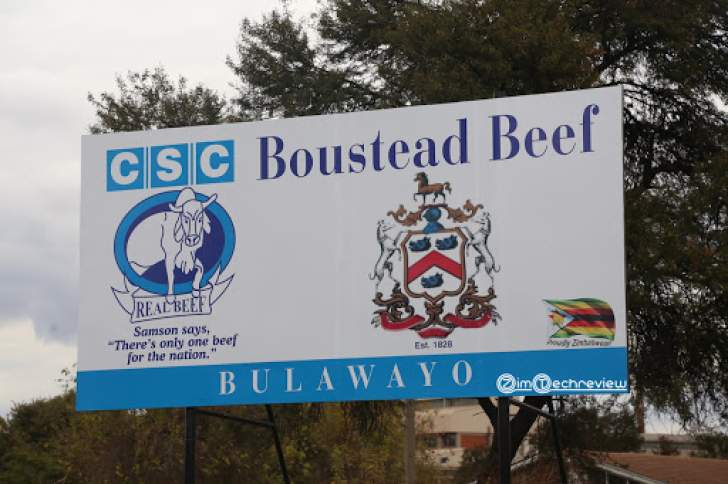
BY TAURAI MANGUDHLA ZIMBABWE’S dual economic system is undermining government’s efforts to restore macroeconomic stability, a leading advisory firm says.
Since economic upheavals rattled Zimbabwe about 20 years ago, the economy has swung towards informal trading, with over 60% now held outside formal markets, according to International Monetary Fund estimates.
Akribos Research Services, which has acted as lead advisor in several transactions, placed the figure at 80%.
The advisory firm said Zimbabwe’s problem was that policies being rolled out by government were only directed to a formal sector that made up 20% of the economy.
The bulk of the economy remained unregulated, it noted.
“Most of the macroeconomic policies only affect the formal sector (20% of the economy) while having a muted effect on the larger informal sector,” Akribos said.
The paper said achieving intended results from official policies under such circumstances was tough.
“We continue to encourage policymakers to continuously engage with different stakeholders from various associations, businesses and consumers so that no one is left behind when enacting policies,” Akribos said.
- Chamisa under fire over US$120K donation
- Mavhunga puts DeMbare into Chibuku quarterfinals
- Pension funds bet on Cabora Bassa oilfields
- Councils defy govt fire tender directive
Keep Reading
“This will facilitate enhanced implementation.”
The report said a solution to Zimbabwe’s protracted currency crisis lied in rolling out a currency board.
A currency board combines three elements: an exchange rate that is fixed to an “anchor currency,” automatic convertibility (that is, the right to exchange domestic currency at this fixed rate whenever desired), and a long-term commitment to the system, which is often set out directly in the central bank law.
“This in our view, if implemented correctly will tremendously improve the exchange rate and boost confidence which is important to the country’s performance,” Akribos said.
The issue of a currency board has gained traction as authorities try to find a solution to Zimbabwe’s crisis.
Last month the Reserve Bank of Zimbabwe (RBZ) chose to introduce gold coins to help it mop up excess liquidity and tackle the inflationary surge.
The Zimbabwe dollar has stabilised to about US$1: $750, from US$1:$1 000 before gold coins were introduced.
According to the RBZ, as of 10 August, about 4 475 gold coins valued at $3,7 billion, had mopped up about $3,25 billion excess liquidity.
Smaller denomination gold coins would be introduced in November.
“This (mop up) saw the black-market premium decreasing from above 100% to around 60% on average during the same period.
“Akribos is of the view that the introduction of smaller denominations of gold coins will go a long way in affording the average household with an opportunity to store and preserve value, an option that was initially availed to mainly the elite and institutional investors,” the report said.
“However, on the other hand, the continued viability of the gold coins hinges upon confidence from the participants, and among the important ingredients to that is full transparency from the monetary authorities especially when the vested time of six months expires.”
The RBZ maintained the bank policy rate and medium-term bank accommodation rate at 200% and 100% respectively.
This, Akribos said, would help in closing pockets of arbitrage opportunities that long existed in the economy.
“The process of hiking interest rates, however, needs to be carefully thought through as there is a trade-off that exists between inflation and economic growth,” Akribos added.
“The aggressive hiking of the bank policy rate may be counterproductive as it also deters borrowing for productive purposes thus hindering economic expansion.”










